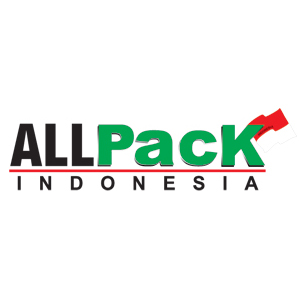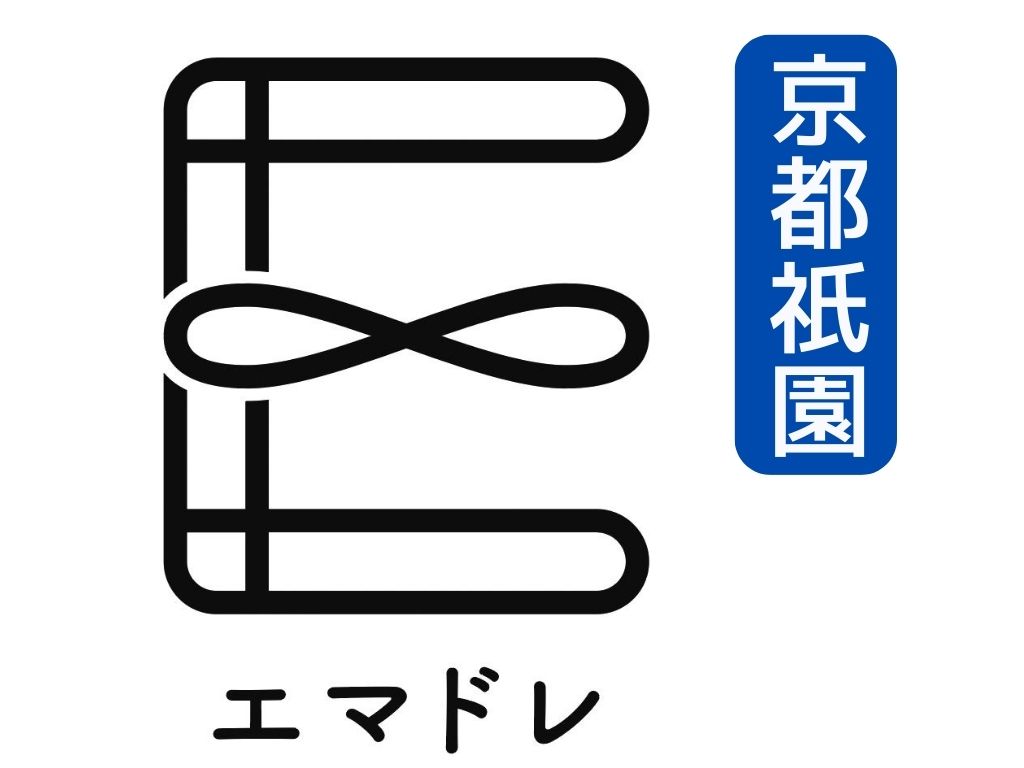Inventory destocking occurred following the pandemic. But when it comes to the balance of a typical calendar year, “we haven’t seen downtime in certain parts of our seasonality like we used to,” Skotleski said.
One of those shifts is toward at-home drinking. Among alcoholic beverages, a report from data and insights firm Kantar Group earlier this year showed 23% of consumers drank more at home in the prior 12 months, versus 16% who drank more out at venues like bars and restaurants.
“We’re still seeing even higher at-home consumption rates right now versus where it was pre-pandemic. The amount of consumption and dollars being spent at home is now favoring packaged beverages, where before it was more favoring on-premise,” Skotleski said. Customers are also making larger-format variety packs of 24 or 30 cans.
Beverage makers’ and retailers’ promotional activity is one lever that can boost demand for products and, relatedly, for cans. A BofA Securities research analysis in May of ads from Kroger, the nation’s largest pureplay grocer, showed an increase in canned beverages promotions around Memorial Day 2023.
Crown has a diversified portfolio and Skotleski observed that trends this year have been specific to individual beverage segments. Factors or measures like promotional activity and unit sales vary between different customers’ strategies; some focus on market share while others opt for higher prices and lower volumes.
“I know a lot of the conversation in the industry is always about promotions and price points; I think consumer behaviors have changed beyond that and we need to look differently at the market,” Skotleski said. “We’re seeing categories that are extremely high price point. They’re the growing categories and brands in the market because of the brand, because of packaging format, because of sustainability.”
Skotleski offered the example of two popular canned beverage brands Crown works with, High Noon hard seltzers and Celsius energy drinks, that have higher prices than traditional carbonated soft drinks. “Nowadays it’s a little bit different world,” and price “is not the end-all be-all anymore.”
The sparkling water and alcoholic seltzer booms began before the pandemic. Today there’s an even more prominent push toward the ready-to-drink category, which can range from hard seltzers and premixed cocktails to iced teas. CNN reported in August that RTD sales grew 7% to $10.9 billion in the prior 12 months, citing Nielsen IQ data.
Crown, which makes metal food cans and aerosol containers in addition to beverage cans, has added capacity in recent years with new plants, including in Mesquite, Nevada, and Bowling Green, Kentucky, to meet demand in categories such as sparkling water, energy drinks, hard seltzers, beer and ready-to-drink cocktails, and to support new beverage introductions in aluminum cans.
Even as summer comes to an end, the fall brings drinking-heavy, home-based events like tailgates and holiday parties. For end-of-year holidays from Thanksgiving to New Year’s, customers’ inventory-building has traditionally occurred in late October and early November, Skotleski said.
According to market research firm Circana, CPG spending in July saw 4% growth in food and beverage while unit sales fell 1%. Canned beverage sales still could experience an upside if a recession comes to pass, Skotleski said. Pantry-loading during economic downturns helps can and packaged good sales.
“People will spend less money out at restaurants, they won’t go on vacation, they will go out less,” said Skotleski. “That actually helps a lot of our brands because people are now consuming at home, or they’re staying at home more similar to what we saw during the pandemic spike when restaurants and concerts and sporting events were closed.”
SOURCE Food Dive.
 Pages you might like
Pages you might like








 Latest information
Latest information
 Follow official account
Follow official account
 Online support
Online support
 鄂ICP备2022017323号
鄂ICP备2022017323号
 鄂公网安备 42018502006493
鄂公网安备 42018502006493
 Launch Exhibition
Launch Exhibition
 Release information
Release information



 Today's topic
Today's topic
















